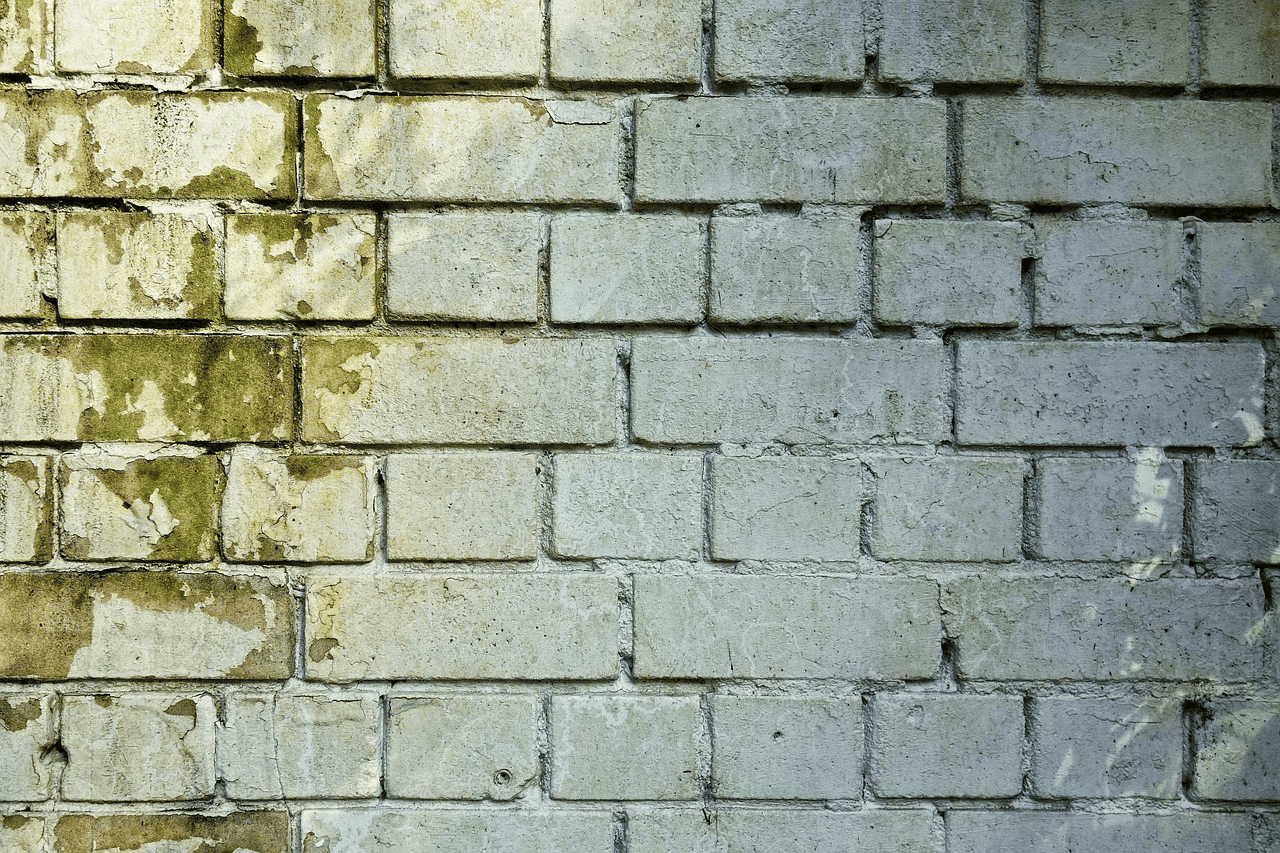Mold and mildew aren’t just gross to look at; they can damage your home and mess with your health if left unchecked. The tricky part is that mold loves moisture and warmth, making it sneak up in places like your siding, roof, gutters, bathrooms, and even inside walls if you’re not careful. Here’s the good news: you can protect your home from mold and mildew with some consistent habits and practical prevention steps. Below are some tips to help you keep mildew and mold from taking over your space and costing you thousands in repairs down the line.
Control indoor humidity
The first line of defense is controlling humidity inside your home. Mold thrives in moisture, so you want to keep your indoor humidity levels between 30% and 40% year-round. You can use a dehumidifier in damp areas like basements, and turn on exhaust fans in the bathroom and kitchen when cooking or showering. If you notice condensation on your windows, wipe it down immediately and reduce the sources of indoor moisture. This small habit can save you from a big mold cleanup job later.
Fix leaks promptly
Leaky roofs, pipes under sinks, or around windows create the perfect breeding ground for mold. Check for leaks regularly, especially after heavy rain, and repair them immediately. Even minor drips can lead to hidden mold inside walls or under flooring. If you suspect a hidden leak, don’t ignore musty smells or unexplained water stains. Investigate and fix them before mold has a chance to grow.
Improve air circulation
Mold loves stale, stagnant air. To keep your home fresh and dry, increase airflow:
- Use ceiling fans or standing fans to improve circulation.
- Move furniture a few inches away from the wall to prevent moisture buildup.
- Opened windows when weather permits, letting fresh air in to dry out humid areas.
Good air circulation discourages moisture buildups, making it harder for mold and mildew to grow.
Keep your home clean and dry
Regular cleaning is one of the easiest ways to prevent mold. Wipe down surfaces in bathrooms, kitchens, and laundry rooms where moisture is common.
- Dry shower walls and bathroom counters after use.
- Don’t leave wet towels or clothes piled up.
- Vacuum and dust regularly to remove mold spores that can settle on surfaces.
Keeping your home dry and clean reduces the chance for mold spores to find a place to thrive.
Use mold-resistant products
If you’re renovating or building, consider mold-resistant drywall, paints, and insulation. These materials are designed to resist moisture absorption and mold growth, especially in areas like basements, bathrooms, and kitchens. For existing walls, using mold-resistant plants can add an extra layer of protection, especially in moisture-prone areas. It’s a small upfront investment that can save you a lot of money on mold remediation later.
Ensure proper drainage around your home.
Water pooling around your home’s foundation can seep into your basement or crawl space, encouraging mold growth.
- Check your gutters and downspouts to ensure they direct water away from your home.
- Grade your yard so water flows away from your foundation and not towards it.
- Regularly inspect your sump pump (if you have one) to ensure it’s working, especially before heavy rains.
Taking these steps will help keep moisture out of your home and reduce mold risk.
Schedule routine pressure cleaning
Your home’s exterior is just as important when it comes to mold prevention. Siding, driveways, decks, and gutters can collect organic material and moisture, turning them into a perfect breeding ground for mold and mildew. Routine visits from pressure cleaning experts can help prevent mold buildup on siding and gutters by:
- Removing algae, moss, and grime that hold moisture.
- Clearing gutters to prevent water overflow onto walls and roofs.
- Freshening up your home’s appearance while protecting it from potential damage.
Address wet areas immediately.
Whether it’s a spill on your carpet, a leak under your sink, or water that seeps in during a storm, dry it out within 24 to 48 hours. Mold can begin growing quickly in damp areas if left unattended. Use fans to speed up drying, and remove water-damaged items like rugs and upholstery if they cannot be dried promptly.
Check behind cabinets and under the flooring for hidden dampness after leaks. Being quick to address wet areas can prevent mold growth before it even starts, saving you from the headache of remediation.
Endnote
Protecting your home from mold and mildew is about managing moisture, improving airflow, and maintaining regular cleaning habits. It’s a continuous process, but it’s easier and cheaper to prevent mold than to rouse it once it’s taken hold.

